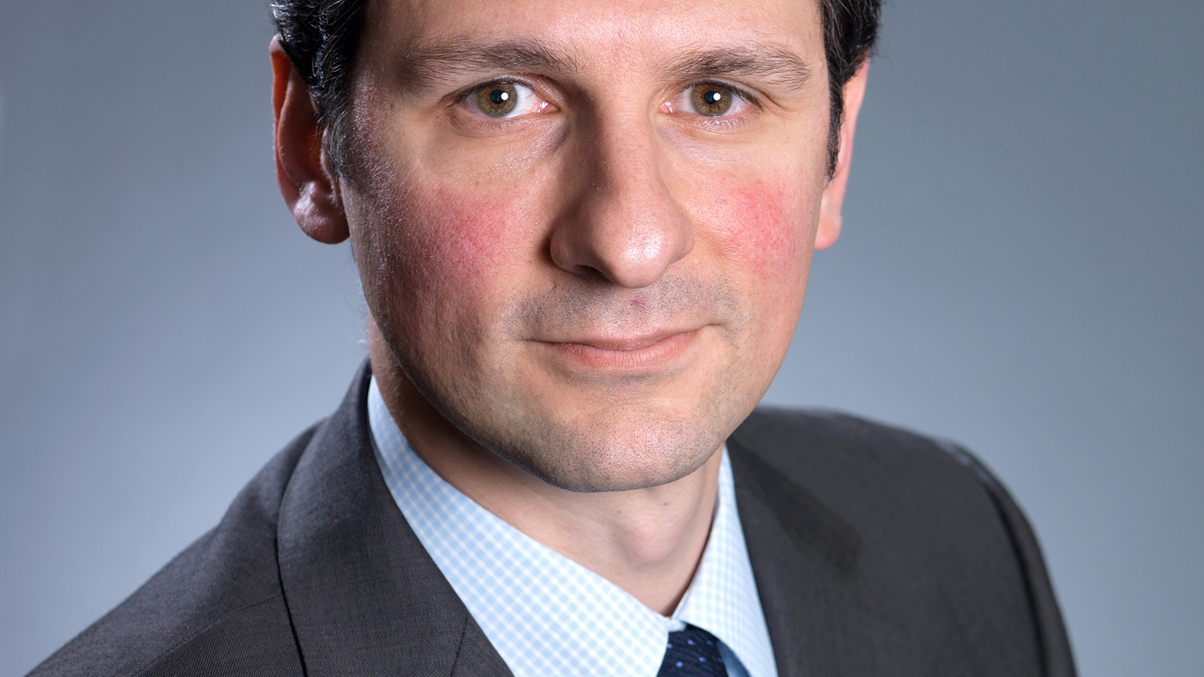BlackRock, Fidelity tout new multi-asset funds
The choice of multi-asset income products available in Hong Kong has further expanded, after inflows into such strategies grew 600% year-on-year in early 2013.

With appetite soaring for multi-asset strategies in Hong Kong, two of the biggest US fund houses each unveiled global multi-asset income products for the city's investors this week.
Sign in to read on!
Registered users get 2 free articles in 30 days.
Subscribers have full unlimited access to AsianInvestor
Not signed up? New users get 2 free articles per month, plus a 7-day unlimited free trial.
¬ Haymarket Media Limited. All rights reserved.


